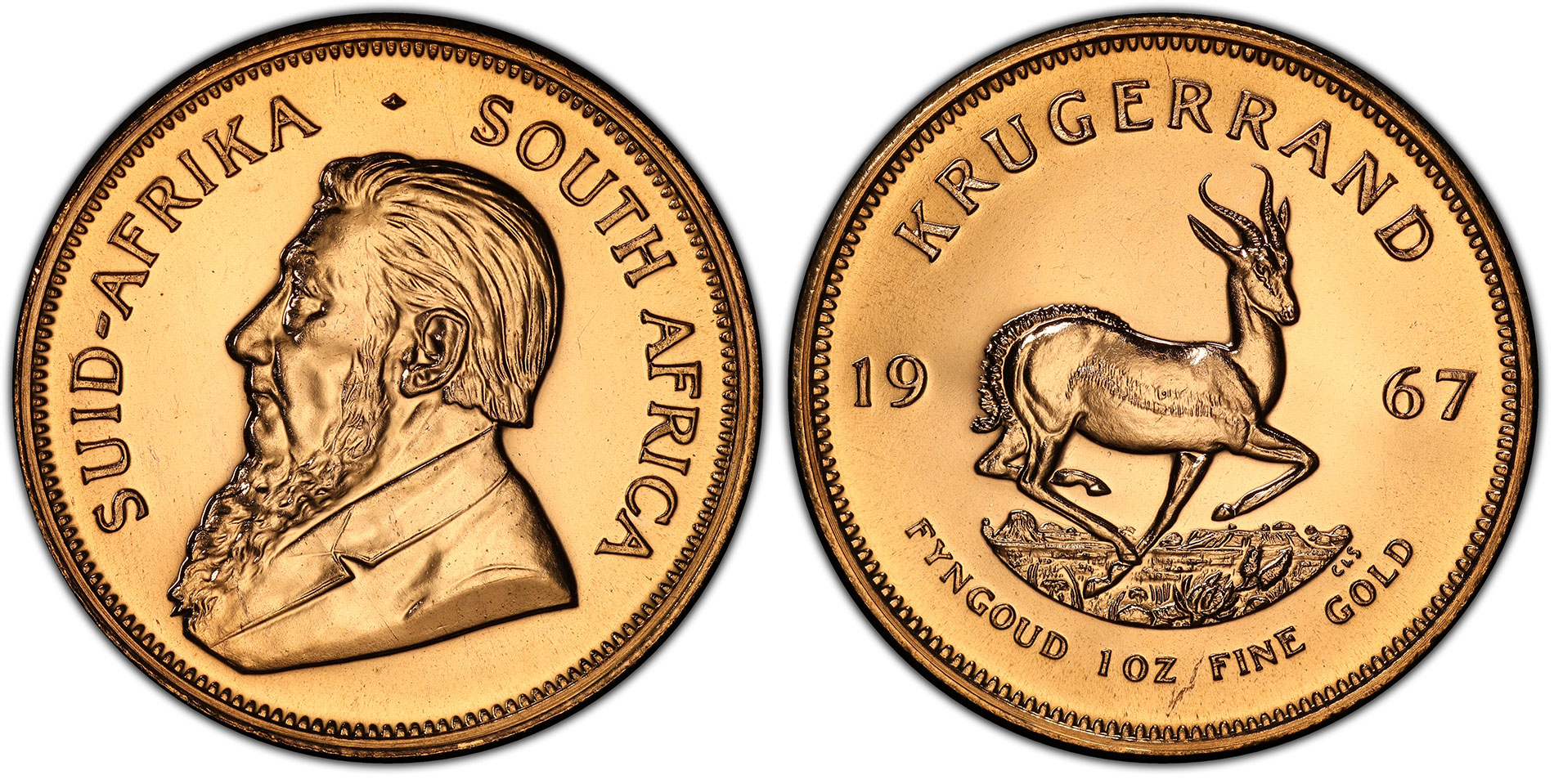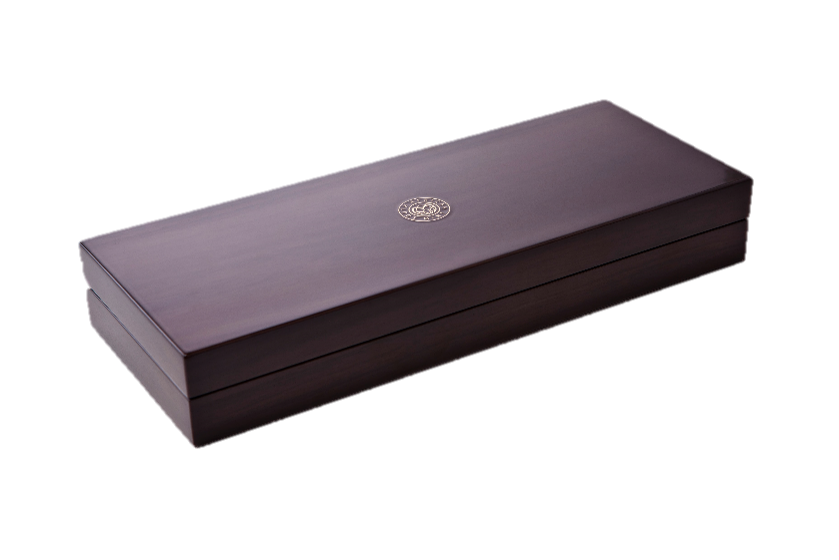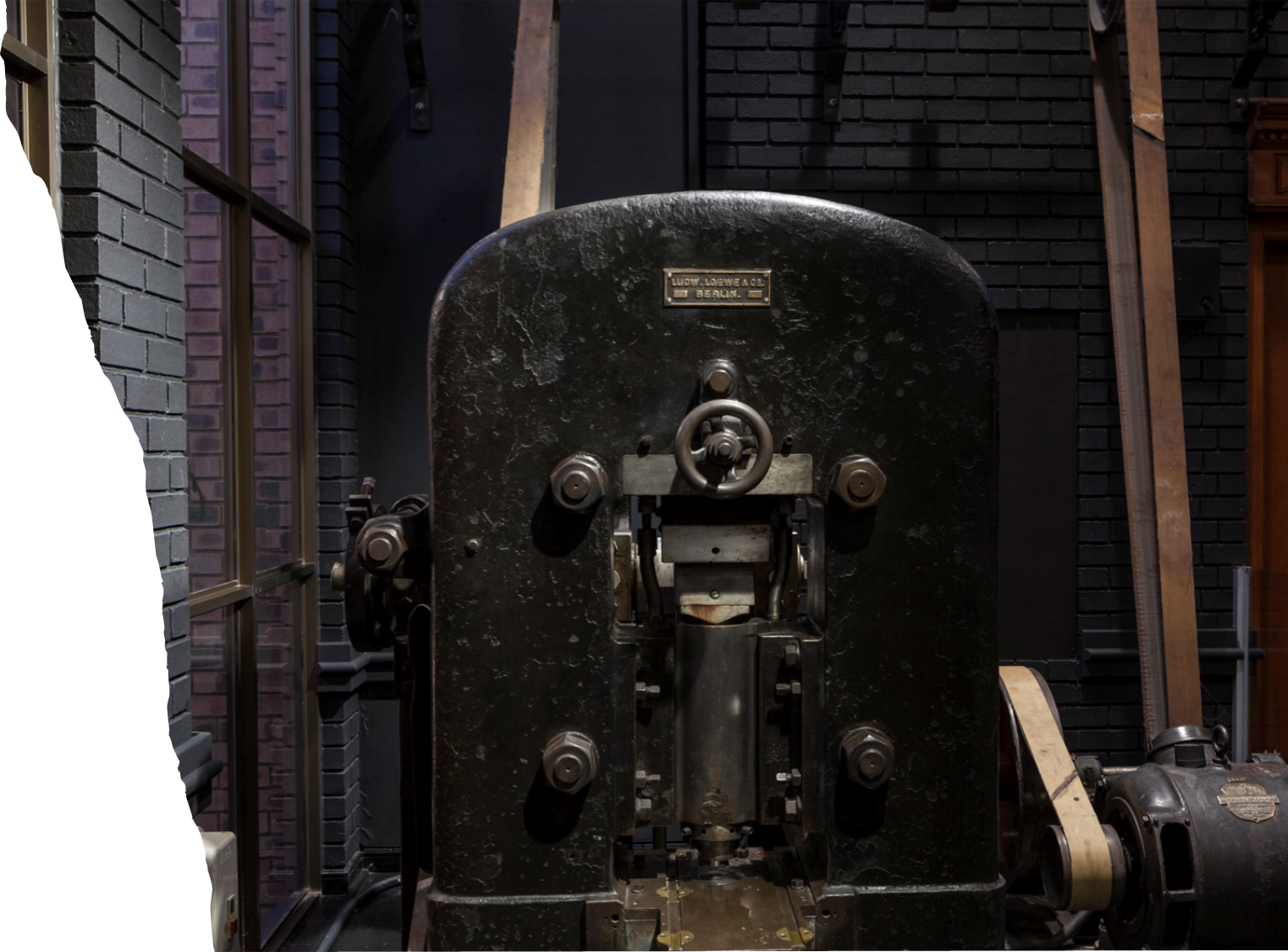
When it comes to gold coins, few names carry as much international recognition as the South African Krugerrand. Known throughout the world for its iconic design and enduring value, the coin also has a fascinating history that stretches back more than half a century.
The coin gets its unusual name by combining the words ‘Kruger’ and ‘Rand’. Paul Kruger (1825-1904), also known as ‘Oom Paul’ (Afrikaans for 'Uncle Paul'), was a nineteenth-century political and military leader who served as State President of the South African Republic (Transvaal) between 1883 and 1900. He also played a pivotal role in leading the resistance against British colonialism during the Second Boer War. His profile appears on the obverse of the coin. Meanwhile, the Rand is South Africa’s national currency. It is named after the Witwatersrand, the world’s largest goldfield, which is responsible for over 40% of the world’s mined gold.
The first Krugerrand was struck on 3 July 1967 by the South African Mint in partnership with the Rand Refinery. The government was keen to promote its extensive gold reserves and wanted to make gold more accessible to the general public. Despite not having a face value, the Krugerrand is considered legal tender in South Africa, with its value tied to the market price of gold.

The coin was designed by two artists working on two different continents in two different centuries. The obverse bears a portrait of Paul Kruger by the German coin engraver Hermann Otto Schultz (1848-1911), which first appeared on circulating coins in the South African Republic in 1892. The reverse design depicts the springbok antelope, a national symbol of South Africa. It was created by Coert Steynberg (1905-1982), a South African sculptor and coin designer, and initially appeared on South African circulating coins struck between 1947 and 1960.
Measuring 32.77 mm in diameter and weighing 33.9 grams, each standard Krugerrand contains exactly one troy ounce of pure gold. The gold is mixed with a small amount of copper to make it more durable, which gives the coin a distinct reddish hue.
During the 1970s, global economic instability led to a massive increase in demand for the Krugerrand. Between 1974 and 1985, the United States alone imported 22 million. Recognising that the coin had become a trusted international brand, the South African government introduced fractional sizes in 1980. The new half-ounce, quarter-ounce and tenth-ounce coins made owning Krugerrands more accessible and affordable than ever before. Just thirteen years after first being issued, they accounted for over 90% of global gold coin sales.
However, the international appeal of the Krugerrand faced a significant battering during the 1980s, which some thought would see the demise of the coin forever. The South African government imposed strict racial segregation and political and economic discrimination against the majority black population. Under the apartheid regime, oppressive new laws dictated where people could live, what jobs they could perform, what education they could receive and whether they could vote. Public services were segregated, and interracial marriages were declared illegal.
The international condemnation of apartheid led to many Western countries imposing economic sanctions and boycotts on South African products. For countries like the UK, USA, France, Germany, Italy, Canada and Japan, this included a ban on the import of Krugerrands. These sanctions were only lifted when the government began to repeal apartheid laws and adopted a new constitution in 1993. The following year, South Africa held national elections that included the whole population, irrespective of race, for the first time. The result was a black majority government led by Nelson Mandela.
The symbolism of the springbok took on a new meaning in the post-apartheid era. The previous government had used the antelope as a national symbol, and the name was adopted by the country’s national rugby and cricket teams. When South Africa prepared to host the 1995 Rugby World Cup, there were calls for their rugby team to be renamed. However, Mandela opposed the move and instead sought to redefine the Springbok in a unifying way. When South Africa won the World Cup, he wore a Springbok jersey to present the trophy. This simple gesture transformed the springbok into a national symbol of healing and reconciliation for the new multiracial society.

Today, thanks largely to Mandela, the springbok continues to appear proudly on Krugerrands. Known for its spectacular leaps, the swift antelope represents the grace, speed and agility that are associated with the spirit of a country now unified after decades of division.
Since the end of apartheid, production of the Krugerrand has steadily increased. In 2017, to mark the 50th anniversary of the coin, the South African Mint struck the Krugerrand in silver for the first time. Both the silver and gold coins were also issued in limited-edition, proof-quality, commemorative versions. These proved to be extremely popular with collectors who value craftsmanship, quality and rarity, and consequently they continue to be produced every year.
Proof quality Krugerrands are struck with a higher level of detail and produce a superior mirror-like finish, which makes them highly desirable. In addition, a small number of Krugerrands are struck with exclusive privy marks to commemorate significant anniversaries, making them extremely rare pieces of numismatic history.

In 2019, a limited number of Krugerrands were struck with a small bugle privy mark to honour Remembrance Day. In 2022, the Platinum Jubilee of Queen Elizabeth II was celebrated with a privy mark celebrating her seventy years on the throne. Last year, a special commemorative Krugerrand was issued to mark the retirement of the Oom Paul minting press, which had struck the first Krugerrand in 1967. The Oom Paul, named after Paul Kruger, had been in service for 130 years, and many collectors were eager to own one of the last coins to be struck by the machine.
Today, the Krugerrand continues to be a popular choice for collectors wishing to own a valuable piece of numismatic art. The allure of owning gold produced in the world’s largest gold mine, combined with the rich history of the coin and a design that has remained largely unchanged since 1967, all contribute to the Krugerrand’s iconic status and enduring international appeal.



